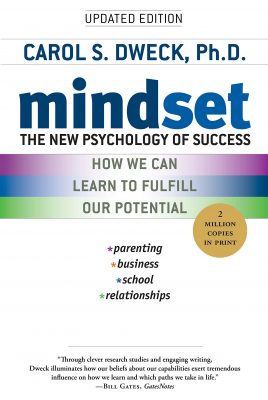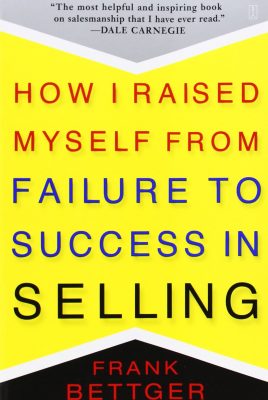Note: This post contains affiliate links which means if you click on a link and purchase an item, we will receive an affiliate commission at no extra cost to you.

Why This Book Matters:
Through straightforward financial advice, Ramit Sethi explains how simple saving, spending, and investing are all you need to become massively wealthy in the long term.
Key Takeaways:
- Take responsibility for your money woes and don’t blame others
- Blaming the education system, market performance, or feeling like you can’t afford to invest are just excuses.
- Example: During the financial crisis of 2008, many people did not educate themselves on investing wisely and withdrew their money when the market started declining.
- Harness the power of good credit to save yourself hundreds of thousands in interest
- Lenders review your credit profile to determine interest rates on loans, mortgages, and credit cards. The better your credit, the less money you waste on interest payments.
- Example: In 2009, the APR on a 30-year $200,000 mortgage for someone with good credit resulted in a total loan amount of $359,867, but that same mortgage cost for someone with poor credit was $430,427.
- Find banking accounts that offer the highest interest
- Most online banks have lower operating costs than local banks, which means they can offer higher interest rates on savings accounts. Do your research and find the best one.
- Example: A 3% interest rate at an online bank will return $750 in one year on $25,000. That same amount invested in a local bank at only 0.5% interest will return only $125.
- Open an investment account, even if you’re investing the bare minimum
- To make your money really grow, you’ll need to move from just a savings account to a 401k, Roth IRA, or preferably both.
- Example: A young professional who had no lump sum of money to invest started a Roth IRA through a management company that required only an investment of $50 a month, a great start that she can expand on later.
- Be conscientious about exactly where you are spending your money
- Create a spending plan with fixed amounts for each category. When you have used up the allotted amount for the month, you’re not allowed to spend more in that category.
- Example: A typical conscious spending plan may consist of 60% for fixed costs, 10% for investments, 10% for savings, and 20% for guilt-free spending.
- Set up automatic payments and transfers
- Implement your conscious spending plan by transferring money each month automatically, so you can be consistent with your fiscal discipline.
- Example: If you get paid on the 1st, automate payments so that on the 2nd, money is sent to your 401k, on the 5th it goes to savings, and on the 7th bills are paid.
- Keep your investment strategy simple and don’t listen to the experts
- No financial expert can predict the future, so follow sound and simple advice
- Example: Follow a simple pyramid strategy with cash, stocks, and bonds at the base, index and mutual funds in the middle, and lifecycle funds at the top.









Leave a Reply
View Comments